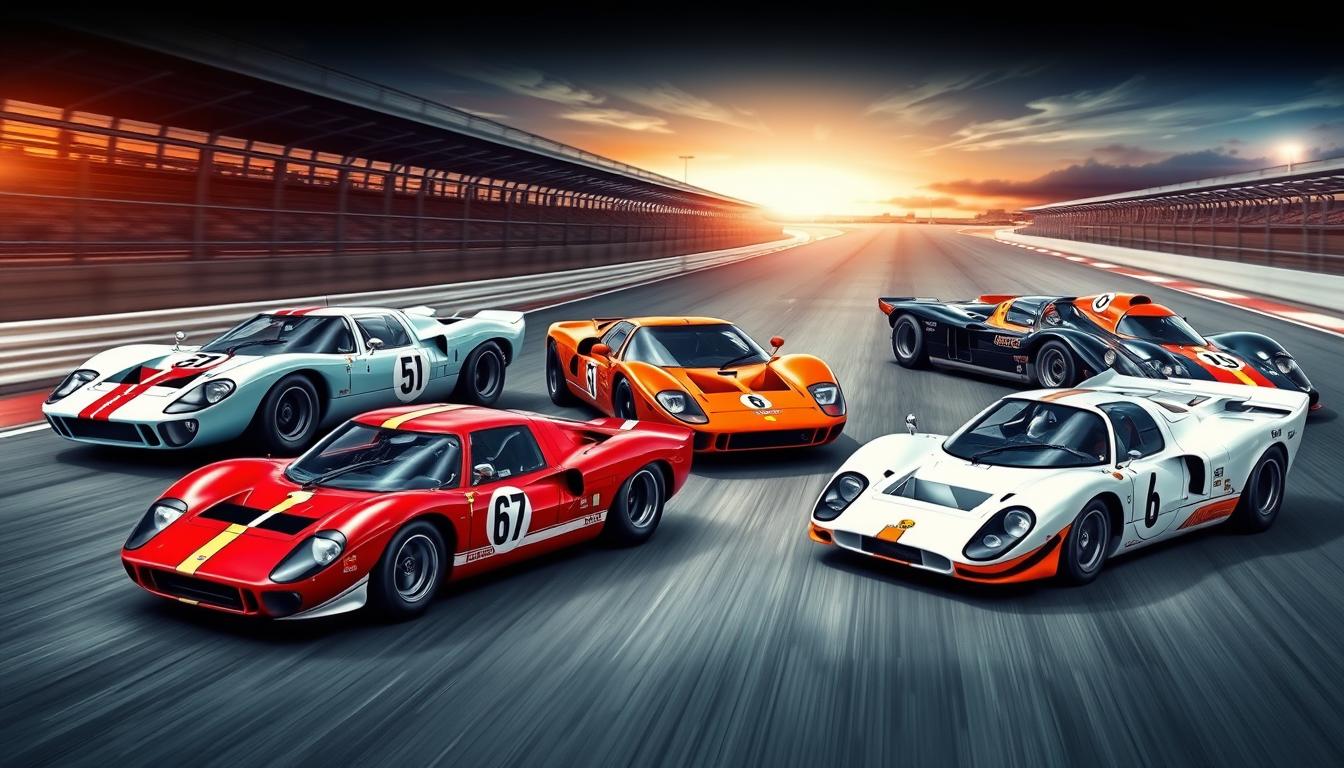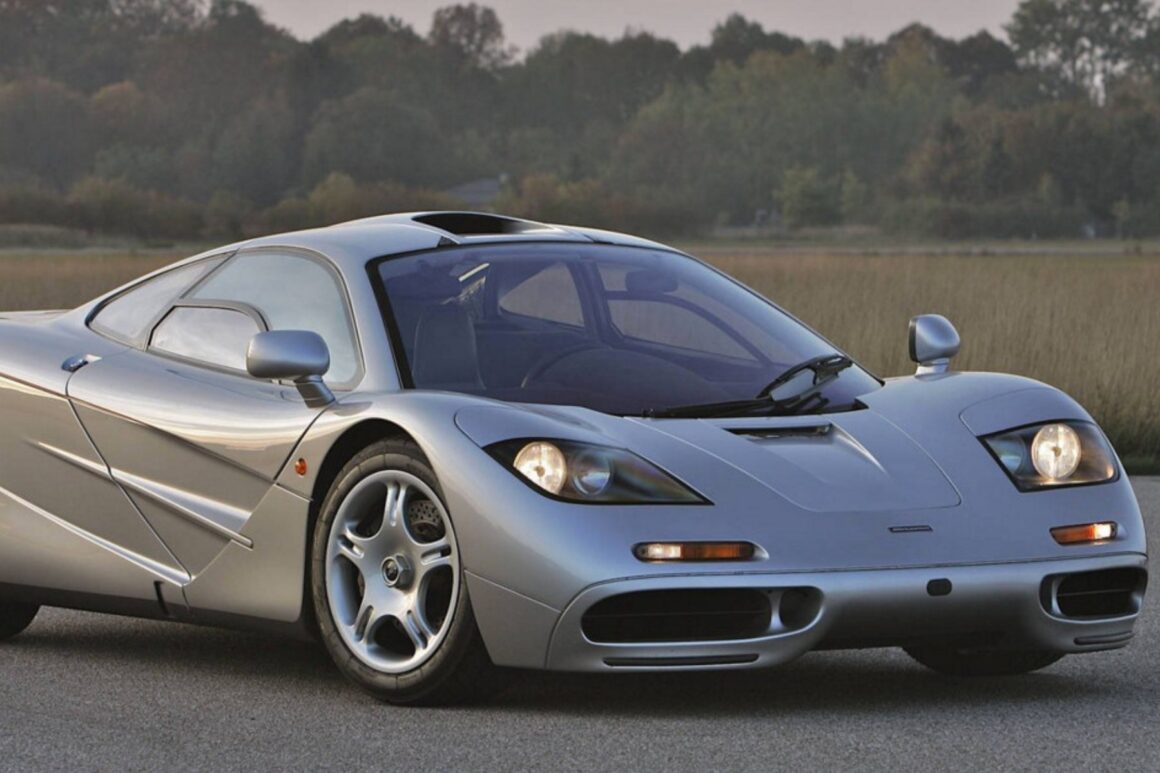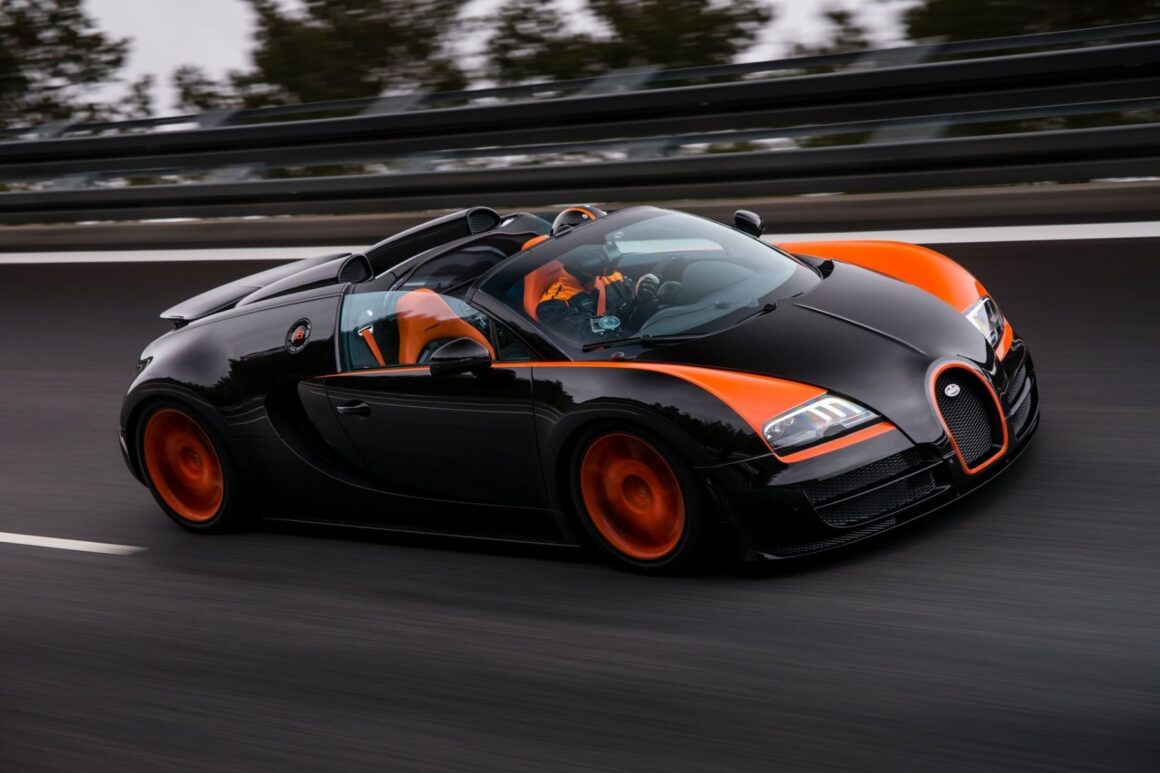The roar of engines, the thrill of speed, and the fierce competition – racing has been captivating audiences for over a century. From the first organized automobile race in 1894 to the modern-day Formula One circuits, the world of motorsports has undergone a remarkable transformation. At the heart of this evolution are the iconic, legendary race cars that have pushed the boundaries of engineering, performance, and innovation.
In the early days of racing, the De Dion-Bouton tricycle that competed in the 1898 Paris-Bordeaux event had no gearbox, yet it showcased the ingenuity of its creators. As the sport progressed, the Vanderbilt Cup in the United States and the Indianapolis Motor Speedway’s International Sweepstakes established themselves as significant events, captivating audiences with the sheer power and skill of the drivers.
Over the decades, iconic motorsports vehicles have emerged, each leaving an indelible mark on their respective racing disciplines. From the legendary Ford GT40 to the revolutionary Porsche 917, these cars have not only dominated the racetrack but also influenced the broader automotive industry, inspiring generations of engineers and designers.
Key Takeaways
- Motorsports have evolved from early reliability tests to diverse racing formats like grand tours, drag strips, and Formula One.
- Iconic cars have revolutionized racing, setting new standards in performance, engineering, and competition.
- These legendary race cars have had a profound impact on the automotive industry, inspiring groundbreaking innovations.
- The evolution of racing has been marked by technological advancements, from the early gearless De Dion-Bouton to modern Formula One cars capable of 3.5 g lateral cornering force.
- Motorsports continue to push the boundaries of what is possible, with cars that capture the imagination of fans and enthusiasts alike.
The Legendary Ford GT40
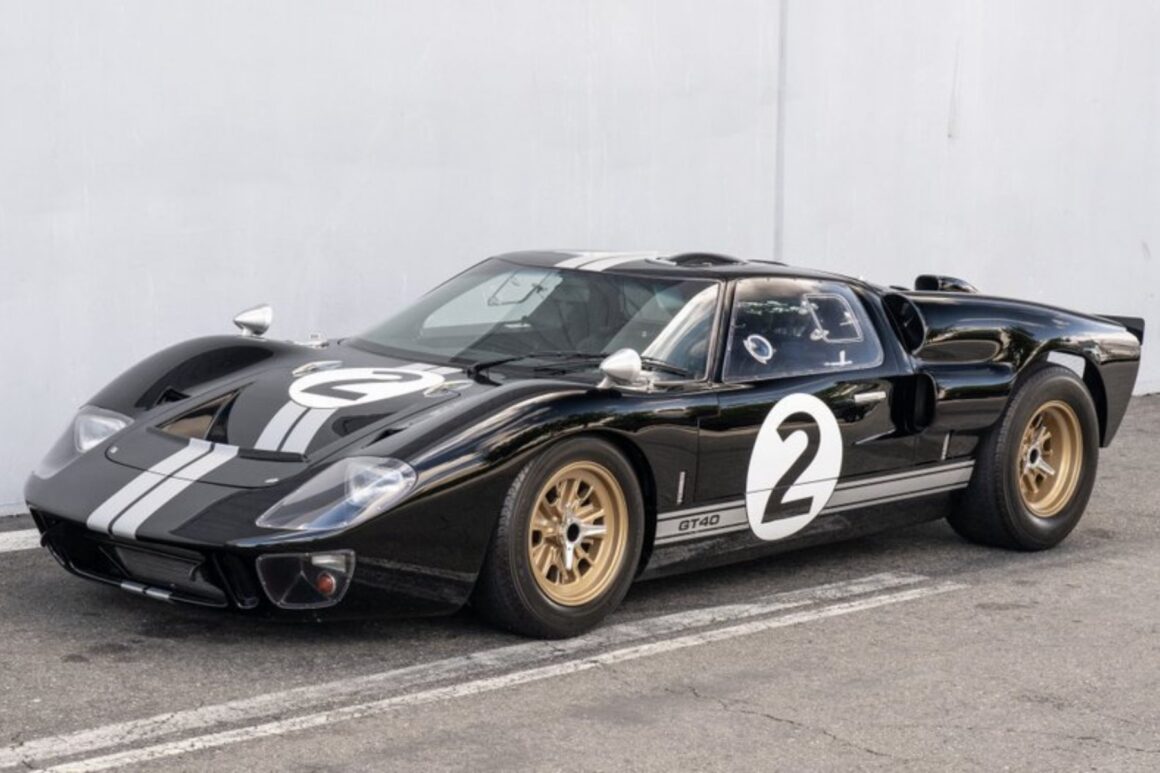
The Ford GT40 is a racing legend that has made a big impact on motorsports. It was made to compete with Ferrari in endurance racing. This car won four times at the 24 Hours of Le Mans from 1966 to 1969.
The GT40’s design and engine made it a top competitor. It had engines from 255 CID to 427 CID V-8s. This showed Ford’s skill in engineering and their drive to beat the best.
The 1966 Le Mans win was a big deal. The Ford GT40 Mk II ended Ferrari’s winning streak. It was the first time an American car won a major European race since 1921.
The GT40s’ 1-2-3 finish at Le Mans in 1966 solidified its status as a racing icon. This achievement made the GT40 a symbol of excellence in the sport.
Restoring the Ford GT40 chassis #1040 shows its lasting appeal. It’s one of only six 1966 GT40 Mk1 models for long-distance racing. The careful work to keep it original ensures it still fascinates fans and racing enthusiasts today.
Impact of the Porsche 917
The Porsche 917 was a game-changer in motorsports. It had a powerful flat-12 engine. This made it a top contender in European racing, leading to its ban by the FIA in 1972.
Porsche didn’t give up. They moved to the Can-Am series in America. They introduced the 917/30 with a 5.4-liter turbocharged engine. This engine produced over 1,000 horsepower.

The Porsche 917/30’s success was amazing. In the 1973 season, it won six out of eight races. This dominance made the Can-Am series collapse, as Porsche’s cars were unbeatable.
The Porsche 917’s impact goes beyond racing. Its design and engineering made it a motorsport icon. The “Pink Pig” livery and record-breaking speed solidified Porsche’s success in racing.
The Porsche 917’s legacy is huge. It inspired future racing machines. It’s celebrated worldwide, showing its lasting impact on motorsports.
Ferrari 250 GTO: The Game-Changer
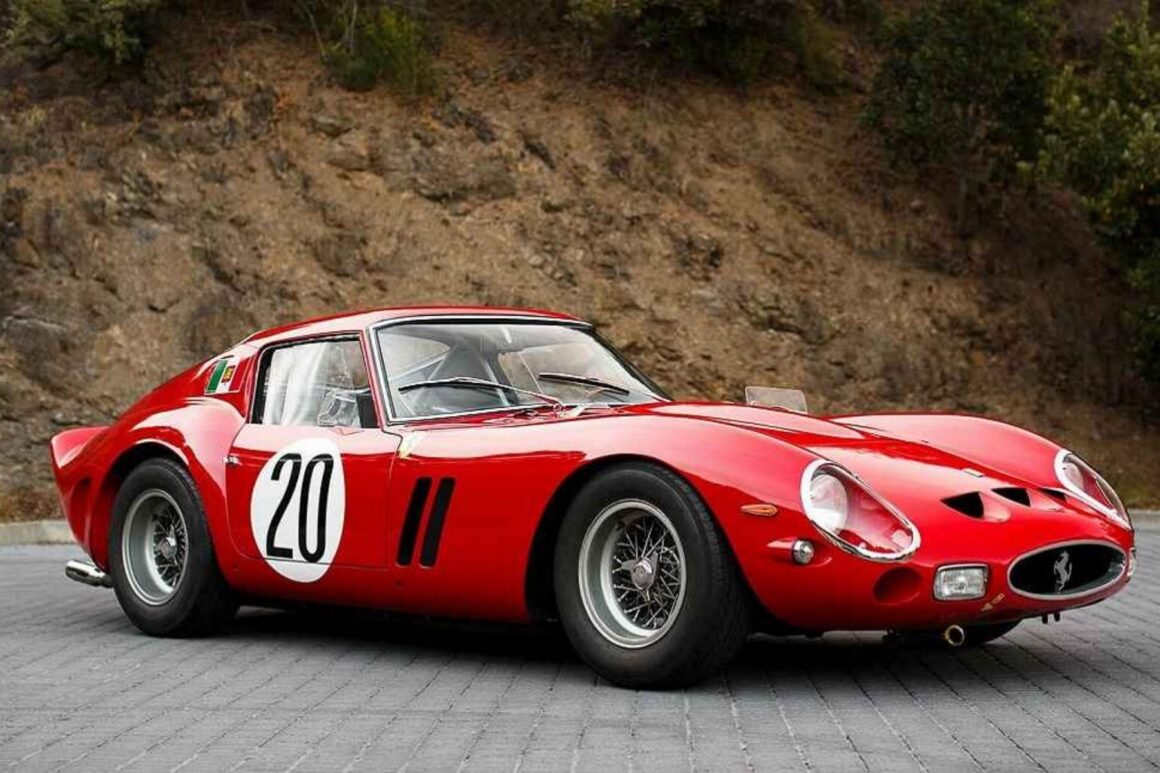
The Ferrari 250 GTO is a standout among iconic motorsports vehicles. It was a game-changer in racing. It was powered by the famous Colombo V12 engine, showing Ferrari’s dedication to engineering.
The Colombo V12 engine was first introduced in 1947. It powered many Ferrari models until 1989. This engine was versatile, used in Formula 1 and luxury cars. It showed Ferrari’s skill in combining high-tech with iconic designs.
Only 36 Ferrari 250 GTOs were made. One, chassis number 3851 GT, has a sad history. It was in an accident that killed its driver, Henri Oreiller. This shows the risks of racing.
Despite its history, the 250 GTO still draws fans. In 2014, Carlos Monteverde bought it and restored it. He made sure it was back to its racing form. This shows the Ferrari 250 GTO’s lasting appeal.
McLaren F1’s Revolutionary Design
The McLaren F1 was introduced in 1993 and is seen as the world’s first hypercar. It was a true marvel of race car engineering, setting new standards for high-performance vehicles. This car featured cutting-edge technologies and design elements that have become industry hallmarks.
At its core, the McLaren F1 had a BMW-developed 6.1-liter V12 engine. This engine produced 627 horsepower. It could go from 0 to 60 mph in just 3.2 seconds and hit a top speed of 391 km/h (243 mph), a record at the time.
The McLaren F1’s design was more than just its power. It had a full carbon fiber chassis and a titanium front sub-structure. It also had active aerodynamics with a hydraulic rear spoiler. These features improved its performance, safety, and handling.
It was the first production car to have a central driving position. This design made the driver feel more connected to the vehicle.
The McLaren F1’s innovations have had a lasting impact on the automotive industry. It inspired many designers and engineers to aim for new heights in high-performance vehicle design.
Audi Quattro’s All-Wheel Drive Revolution
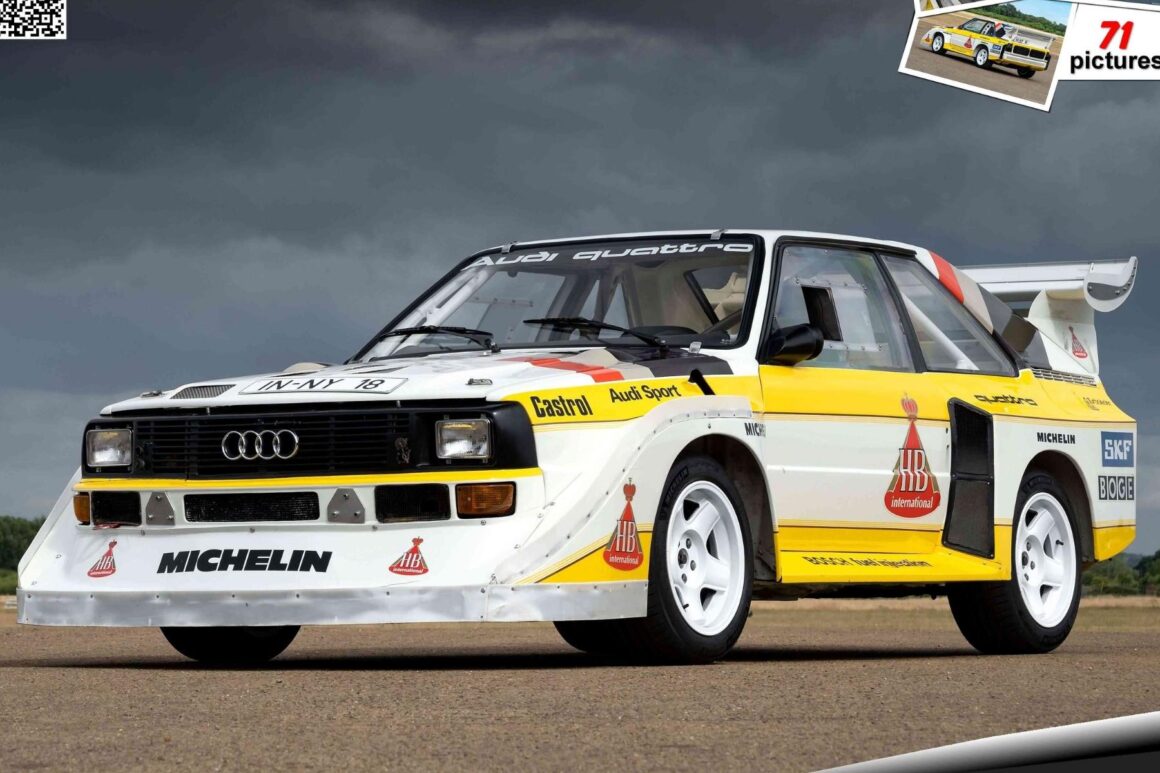
The Audi Quattro changed rally racing in the early 1980s. Its four-wheel drive system gave Audi a big advantage. It made two-wheel drive cars less competitive.
The Quattro’s better traction and handling helped Audi’s drivers win the World Rally Championship. The Audi Sport Quattro E2, driven by Hannu Mikkola, is still a fan favorite today. Audi’s success at the 1987 Pikes Peak event showed the Quattro’s unbeatable grip.
Audi has always believed in the Quattro system. It has been key to their success in motorsports. As Audi prepares for 2025, the Quattro system will continue to offer top performance. It will be a cornerstone for the next generation of racing champions.
The Unforgettable Bugatti Veyron
The Bugatti Veyron is a true marvel in the world of high-performance racing. It was launched in 2005, aiming to beat the McLaren F1’s speed record. With a quad-turbo 8.0-liter W16 engine, it produced 1,001 horsepower, showing its incredible power.
It reached a top speed of 252 mph, breaking the production car speed record by 12 mph. The Veyron combined extreme performance, luxury, and cutting-edge tech. This made it a true icon in the world of high-performance vehicles.
The Veyron’s legacy continues to inspire fans around the world. Its record-breaking speeds, like the Veyron 16.4 Super Sport’s 431.07 km/h, show Bugatti’s innovation. The Veyron’s lasting impact has made it one of the most unforgettable high-performance racing legends.
Tesla Model S: The Electric Wonder
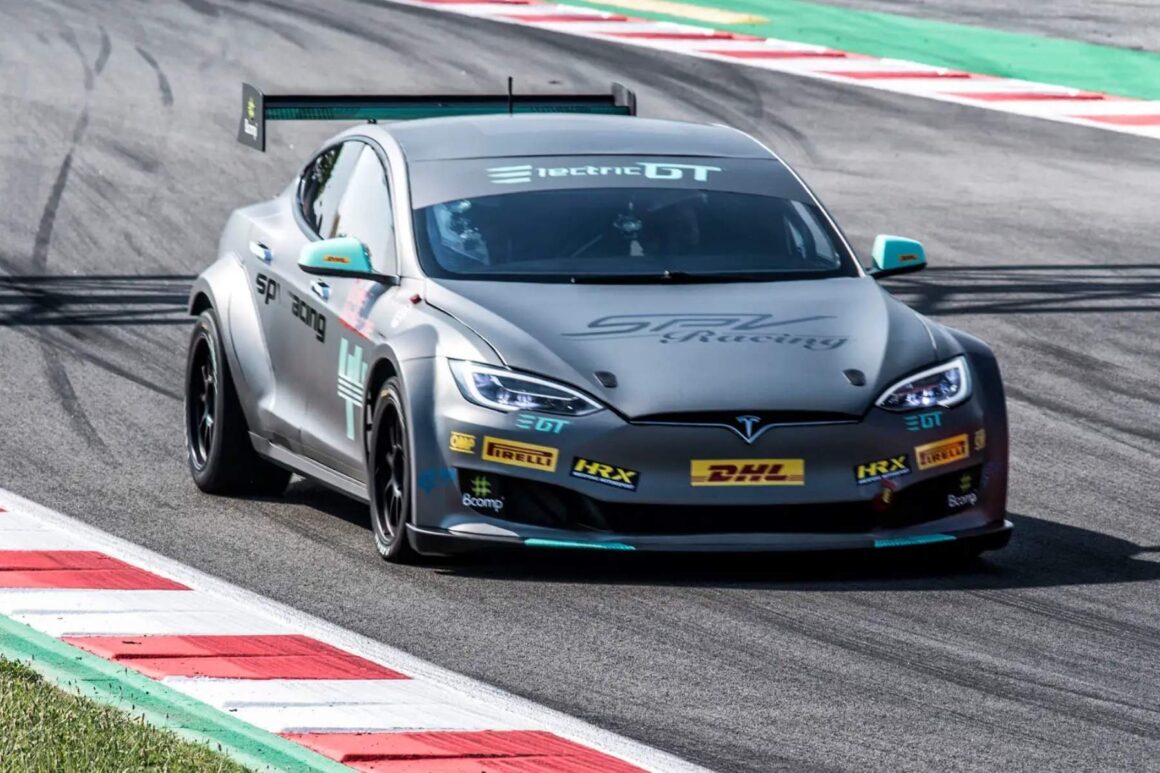
The Tesla Model S is a landmark in the world of electric cars. It has changed how we see electric vehicles. It shows they can match traditional cars in speed and performance.
The high-performance Model S has broken electric car speed records. It has shown electric cars can be fast and powerful. This has opened doors for electric cars in racing, including Formula E.
Even though Electric GT faced issues, electric car racing is growing. New series like electric motorcycle and Smart car races are starting. They show electric cars are getting more popular and powerful.
The Model S is also known for its design and performance. In 2013, it was named MotorTrend’s Ultimate Car of the Year. It can go from 0-60 mph in 4.0 seconds and has a range of 265 miles.
The Tesla Model S is a key player in the electric car revolution. Its impact on the industry is huge. It shows electric cars can be as good as, if not better than, traditional cars.
Wrapping up
The Ford GT40’s win at Le Mans and the Tesla Model S’s electric breakthrough have made a big impact. These cars brought new tech and designs to racing. They changed how cars are made and inspired many.
Car wrapping is now big, with over half the Nextel All-Star race cars wrapped. This shows how these racing cars have influenced the industry. As car wrapping becomes more common, their impact keeps growing.
The Ford GT40, Porsche 917, and Tesla Model S have made a lasting mark. They inspire new ideas and shape the future of cars. Their stories continue to motivate and influence the automotive world.

